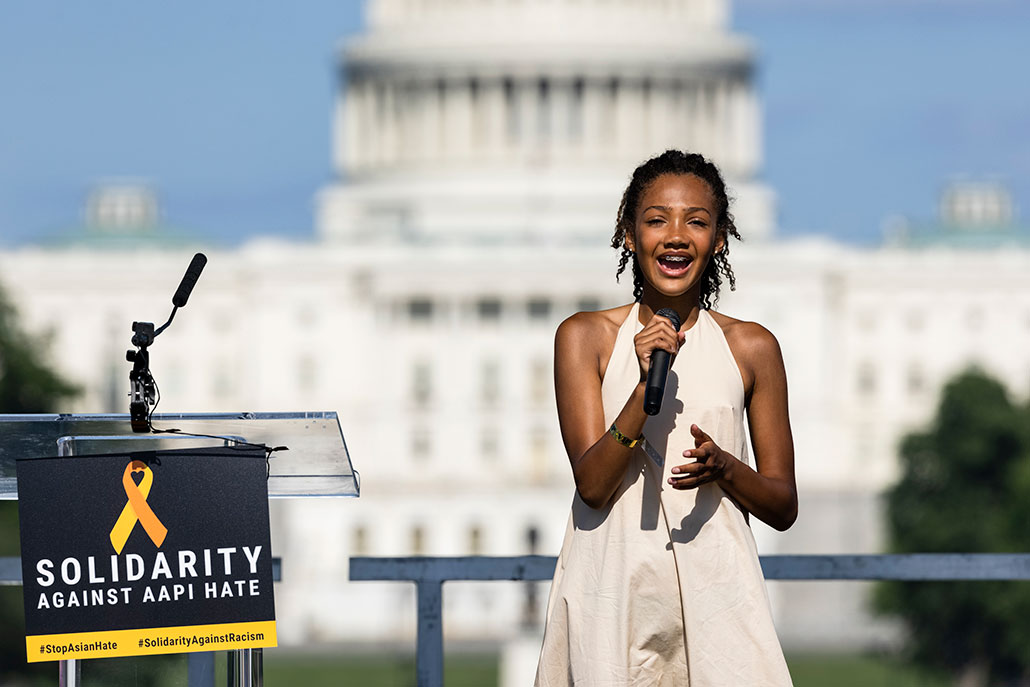Psychology shines light on the harm racism can do
Different forms of racism can vary in their impacts on our physical and mental health
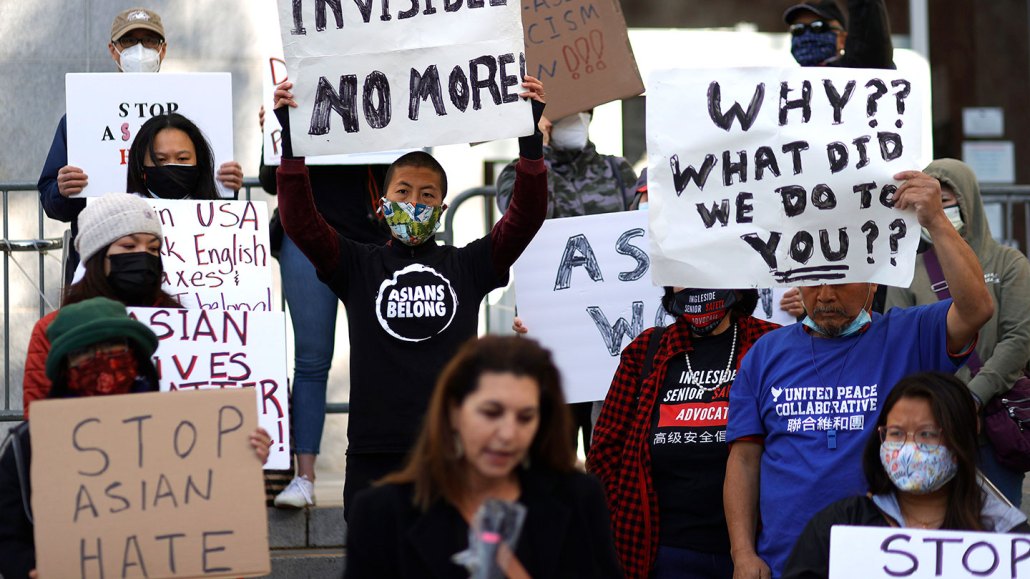
Protesters here rallied against anti-Asian hate at a San Francisco, Calif., courthouse in April 2021.
Justin Sullivan/Staff/Getty Images News
Share this:
- Share via email (Opens in new window) Email
- Click to share on Facebook (Opens in new window) Facebook
- Click to share on X (Opens in new window) X
- Click to share on Pinterest (Opens in new window) Pinterest
- Click to share on Reddit (Opens in new window) Reddit
- Share to Google Classroom (Opens in new window) Google Classroom
- Click to print (Opens in new window) Print
On March 14, 2020, a stranger stabbed Bawi Cung and his two sons. The Asian American family had been out food shopping in Midland, Texas. Cung and his sons survived, but they have scars. Some are psychological. Cung now looks around constantly whenever he shops, he told an Associated Press reporter earlier this year. One of his sons became afraid to sleep alone.
The stabber attacked Cung and his sons because he thought they were Chinese, the FBI found. If true, the assailant said, he thought the family might be a source of COVID-19. Some U.S. politicians and journalists had given the coronavirus that causes the disease some belittling nicknames, such as the China virus. Although the first known cases did appear in China, such comments may have stoked prejudice. And they flaunted the World Health Organization’s guidelines for naming diseases. Those guidelines say to avoid place names so they won’t promote any stigma.
The assault on Cung’s family was not a rare event. From March 2020 through February 2021, people reported 3,795 racist incidents against Asian Americans. These reports were collected by the Stop AAPI Hate coalition. (AAPI stands for Asian Americans and Pacific Islanders.) It’s a nonprofit group based in San Francisco, Calif.
Roughly 400 Asian Americans who reported racist events took part in a follow-up survey. And more than seven in every 10 of them said they felt more stress from anti-Asian bias than from the pandemic itself.
Violent acts of racism have targeted many groups. A 2019 shooting killed 23 people in El Paso, Texas. Most of the victims were Latino. The killer’s online posts had expressed hate against Latino people and immigrants. In June 2020, a white man swung a bike lock on a chain at a Black teen in Frenchtown Township, Mich. The blow broke the boy’s jaw. And in a very high-profile case one month earlier, a white police officer killed George Floyd in Minneapolis, Minn. The killer knelt on the unarmed Black man’s neck for nine minutes. Many see Floyd’s death as highlighting the problem of racism in policing. (In the United States, a Black person’s risk of being killed by the police is roughly three times that of someone who is white.)
Physical attacks and nasty slurs are obvious forms of racism. But racism is much more widespread than cases in the news.
Subtle, less obvious acts of racism happen every day. White people may make others feel like they don’t belong. Many aspects of society may favor white people over other groups. That can make it harder for people in nonwhite groups to get ahead.
All forms of racism harm people’s mental and physical health, scientists say. New research is shedding light on racism’s toll.
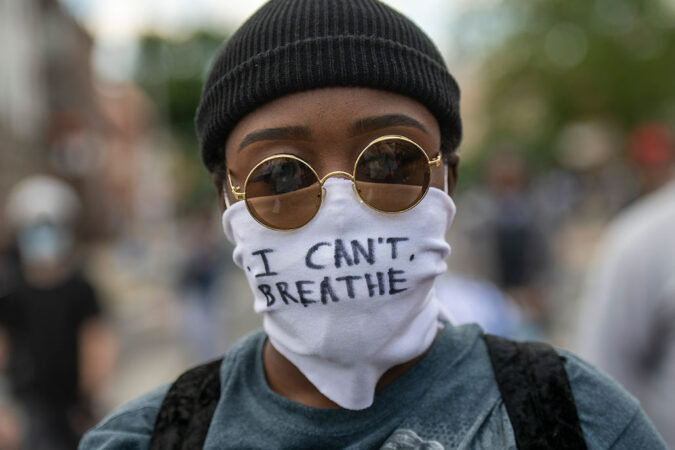
Based in bias
Some people openly admit their racist beliefs. Many others, however, may be unaware they are pre-judging people. That’s known as implicit bias. Scientists study this by seeing how people treat those of another race or religion or perhaps age. Other times, researchers may study the words people use for different groups or the ideas people link to them.
Communities’ levels of implicit bias may depend on their history, says Keith Payne. He’s a social psychologist. He works at the University of North Carolina at Chapel Hill. In 2019, Payne’s group looked at U.S. counties that had depended heavily on slavery in 1860. Later, the states where those counties were located passed laws that violated Black Americans’ civil rights. Those and similar statutes in other states are now unlawful. Yet those Southern counties still tend to show high average levels of implicit bias against Black people, Payne’s team found.
That implicit bias can have important impacts. Other research shows that in areas with higher levels of implicit bias, police are more likely to use deadly force against Black people.
Although people aren’t aware of their implicit bias, what they say can still telegraph racist beliefs, says Michael Rosenblum. He manages the Stern Center for Behavioral Research. That’s at New York University. Rosenblum and others asked white Americans to review other white Americans’ statements about race. People tended to recognize broad generalizations as a sign of prejudice.
For example, someone might say, “I have a great relationship with ‘the Blacks.’” The speaker might think they are saying something positive. Others, however, might pick up on racist undertones. By saying “the Blacks,” that statement had lumped all Black people together.
In a separate experiment, white people showed higher levels of prejudice after reviewing statements with high levels of underlying bias. This was in contrast to people who had read statements with low levels of prejudice. This work hints that statements with underlying prejudice might spread racism among others, Rosenblum and his team say. More work is needed to know why that might happen. The team shared its work in the May Journal of Experimental Social Psychology.
“Black listeners are also very adept at picking up racial attitudes,” Rosenblum adds. His group has a new study showing that, which it hopes to publish soon.
Not accepted
Some racist comments are subtle. For example, a white person asking a person of color “Where are you from?” can be hurtful, says Russell Jeung. The question might sound innocent. Yet it suggests the person of color doesn’t belong. Jeung is a professor of Asian American studies who helped launch the Stop AAPI Hate project. He works at San Francisco State University in California.
Other remarks that aren’t openly hostile also may be seen as treating others as outsiders. For instance, someone might ask to touch a Black person’s hair. That question implies that their hair is strange. Or someone might view the comments of someone of color as speaking for an entire group. Other times, people might invite only members of their own ethnic group to a party.
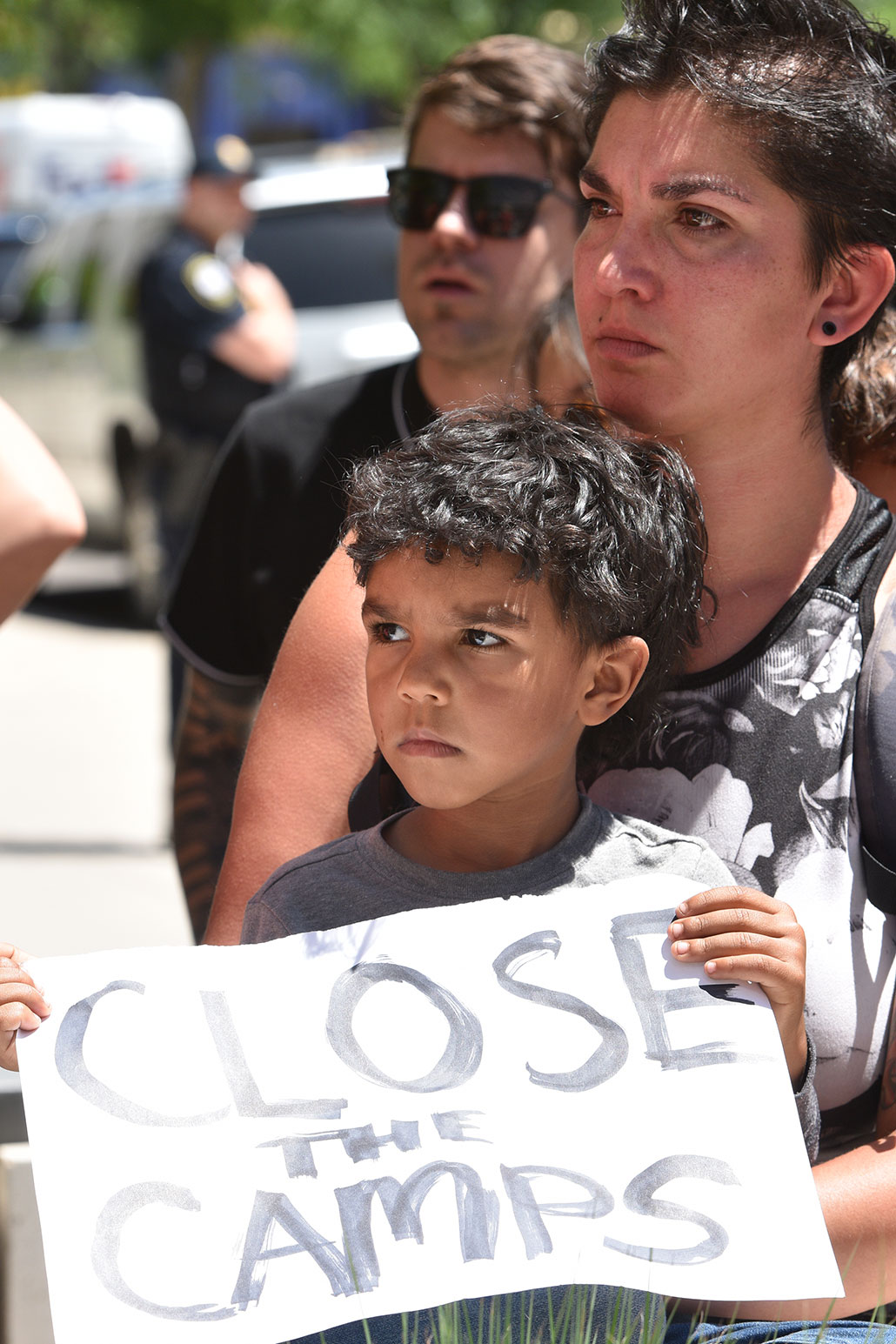
Those are all examples of microaggressions (MY-kroh-uh-GRESH-uns). And they add up. In one study last year, Black teens said they encountered racism an average of five times a day. Over time, the effects of these can cause trauma, Jeung says. The symptoms might include depression, anxiety and hypervigilance (Hy-per-VIJ-uh-lents). Hypervigilant people are always on guard.
Even so-called compliments can be racist. For example, some people call Asian Americans a “model minority.” It implies they all do well in school and at work. But Asian Americans and Pacific Islanders are not one group. Their families come from more than 20 countries. Broad, sweeping statements do not treat them as individuals. And saying that Asian Americans are successful as a group ignores the struggles that many of them face. It also can make it difficult for others in that group to get the resources or other help they might need.
Acts of racism make it hard for people in minority groups to feel like they belong. “It’s very hard to achieve that full acceptance, that feeling that you are going to be seen as American by your white friends,” says Sapna Cheryan. She’s a social psychologist at the University of Washington. That’s in Seattle.
Cheryan grew up in central Illinois where she encountered few other Indian Americans. Feeling like an outsider may cause some people to work hard to fit in, even in ways that might not be healthy. In one study, her group let people pick foods off menus from restaurants serving typical American or Asian cuisines.
All participants were American citizens. Some were just let into a room to make their choices. The rest were told, “Actually, you have to be an American to be in this study.” The Asian Americans who heard that chose more typically American foods than those in the other group. In many cases, these were less healthy choices. On average, foods from the American menu had more calories than those from the Asian menu.
Health harms
Discrimination can harm health in other ways, too. In one study, researchers asked adults to rate their child’s health. The team also asked if the child had been treated or judged unfairly because of their race or ethnicity. Sixty-four percent of children who hadn’t dealt with bias had great health. But among children who had experienced discrimination, that share was only 52 percent.
The team noted that other problems are linked to racism. For example, ongoing inequities mean people of color are more likely to have lower incomes. And children in poorer families are more likely to be treated or judged unfairly because of their race or ethnic group. Overall, the share of children with excellent health was 5.4 percent lower for those who had dealt with bias than for those who had not.
These findings suggest that racism “gets under your skin and influences the way your body works,” says Nia Heard-Garris. She’s a pediatrician at the Northwestern University Feinberg School of Medicine in Chicago, Ill. She also works at the Ann & Robert H. Lurie Children’s Hospital of Chicago.
Further research is needed to understand how confronting bias affects our bodies. But this study did offer some clues. Children who faced discrimination were more likely than others to be anxious or depressed. Those conditions are linked to lower odds for excellent health. Heard-Garris and her colleagues shared their findings in the August 2020 Journal of the National Medical Association.
Some types of longstanding bias are considered “structural.” These types may have begun when now-unlawful policies or laws limited the rights of many people of color. Despite some legal changes, society hasn’t gotten rid of the unjust effects of those policies. And those unjust effects hamper the chance for many families to get ahead. So, opportunities for high-paying jobs, healthy food and good healthcare remain unequal.
Such inequities become very apparent during the COVID-19 pandemic. As of October 2021, Black, Latino and Native Americans had died from COVID-19 at roughly twice the rate of white Americans.
One possible reason: A disproportionate share of people of color worked in service jobs that could not be done remotely. Those include cashiers, nurses, farm workers, food industry workers and others. People in such jobs had more contacts with others who might be infected.
Meanwhile, structural inequities still limit the ability of many people of color to live in desirable neighborhoods. It also limits their access to grocery stores with healthy, affordable foods. It can even limit their being able to afford good medical care. As a result, many people of color now face a higher risk of such things as diabetes, obesity and breathing problems. Such conditions, in turn, put these folks at risk for more severe COVID-19. So, these people had more chances to get sick.
Last year, researchers in Arizona and New York issued a call to action to fix those and other health disparities. That paper appeared in the Journal of Racial and Ethnic Health Disparities.
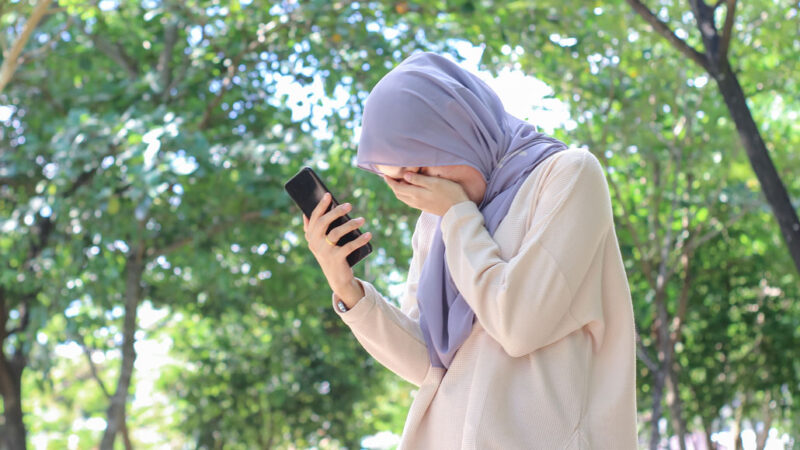
Distressing news
People of color don’t have to be direct targets of racism to feel its effects. “We’re constantly bombarded by distressing content on the news,” says David Curtis. At the University of Utah in Salt Lake City, he studies how race, income and other factors affect health. Recently, he was part of a team that analyzed data from a nationwide system. It tracks Americans’ mental health from week to week. The team looked at changes following major news reports of racism. The researchers accounted for seasonal and other things that might affect mood.
On average, they found, Black adults reported poor mental health for one-quarter of a day more during weeks with two or more high-profile cases of anti-Black violence. That’s in contrast to weeks with no such cases. That link was seen even outside the areas where the violence took place. Keep in mind, Curtis notes, most people report no days of poor mental health. So even small changes, he says, likely reflect severe distress in weeks with multiple cases of racial violence.
His team shared its report in the Proceedings of the National Academy of Sciences on April 27.
In a similar vein, Heard-Garris and other researchers in Chicago asked a small group of teens how they felt after reading about racism in the news. Eight were Latino, seven were Black and three were white. Most said their moods were worse after reading about racist events than before. One teen described it as “melanincholy.” That’s a mashup of the words “melanin” and “melancholy.” Melanin is a pigment that makes skin look dark. Melancholy means sad.
Teens in this study also felt overwhelmed, helpless or numbed by news about racism. “Ten times out of 10 there’s nothing I can do,” one teen said. The Chicago group’s findings appeared February 19 in the Journal of Adolescent Health.
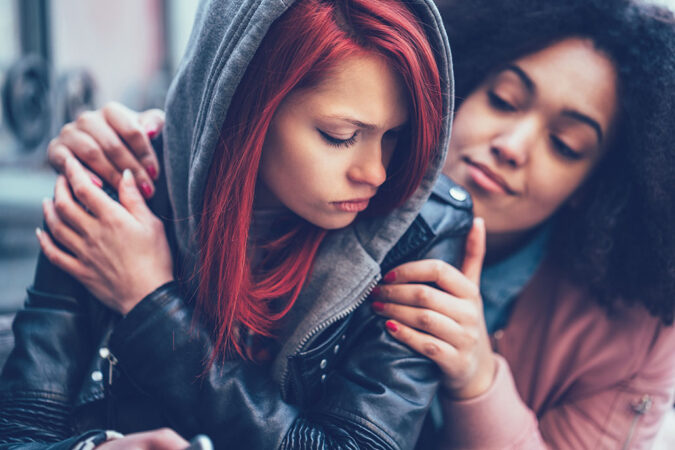
Looking ahead
Racism is “not just attitudes in our heads,” says Payne at UNC Chapel Hill. Yes, it’s important to get individual people to move away from biased views and behaviors. But that’s not enough to solve the problems caused by racism, he says.
Our society needs to deal with situations that reinforce racism. And that calls for changes in a wide range of policies, he says. Those would include programs to aid education, health care and social services for groups that have suffered discrimination in the past. Other policies would need to promote equity in jobs, policing, voting rights and more.
Meanwhile, there are strategies students can use to cope with the effects of racism. For example, Heard-Garris and others asked teens how they cope with news about racial violence. Activism helps, they reported. Peer support also helps. When teens share how they feel with friends, they don’t feel alone.
Other coping strategies include taking a break from news and social media and doing hobbies or creative activities. The team shared its work in JAMA Network Open on June 15. “We need everybody thinking about how to reduce and eliminate racism in all its forms,” Heard-Garris says. For starters, “activism is one way to make your voice heard.”
